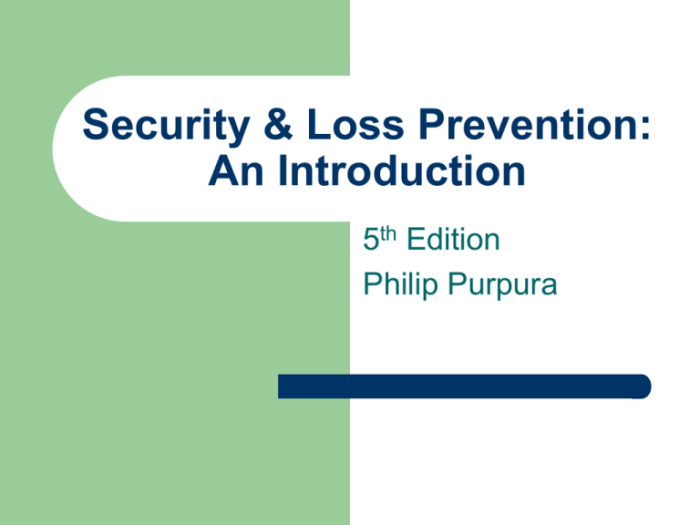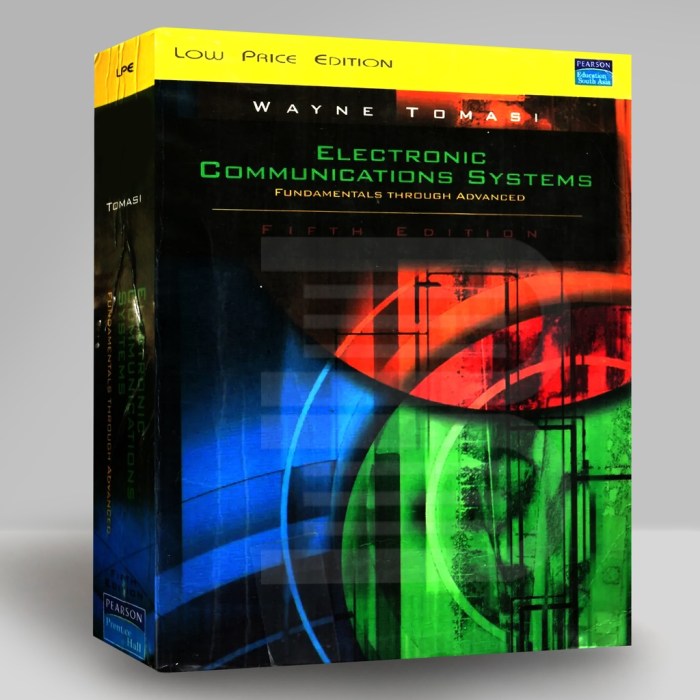Real communication an introduction 5th edition – Embark on a transformative journey into the realm of communication with Real Communication: An Introduction, Fifth Edition. This authoritative text unveils the intricacies of real communication, equipping readers with a comprehensive understanding of its principles, elements, and applications.
Through engaging narratives and thought-provoking insights, this introduction immerses readers in the dynamic world of communication, exploring its significance, key characteristics, and diverse manifestations across various contexts.
1. Introduction to Real Communication

Real communication involves a meaningful exchange of information, ideas, and emotions between individuals or groups. It transcends mere transmission of data and emphasizes the creation of shared understanding and connection.
Key principles of real communication include authenticity, empathy, respect, and clarity. It is characterized by active listening, open-mindedness, and a willingness to adapt to different communication styles.
Real communication manifests in various contexts, such as interpersonal conversations, public speaking, written correspondence, and electronic messaging.
2. Elements of Real Communication
![]()
Essential Elements
- Sender:Initiates the communication process and conveys the message.
- Receiver:Receives and interprets the message.
- Message:Content being communicated, including verbal, nonverbal, and contextual cues.
- Channel:Medium through which the message is transmitted (e.g., speech, writing, gestures).
- Feedback:Responses from the receiver that indicate understanding or provide additional information.
3. Types of Real Communication
Verbal Communication, Real communication an introduction 5th edition
Spoken or written words used to convey messages. Advantages include clarity, specificity, and immediacy. Disadvantages may include misunderstandings due to intonation or mispronunciation.
Nonverbal Communication
Body language, facial expressions, and other non-spoken cues that convey meaning. Advantages include universality and emotional expressiveness. Disadvantages may include cultural differences and potential ambiguity.
Written Communication
Recorded text used to convey messages. Advantages include permanence, accuracy, and wider reach. Disadvantages may include lack of immediacy and potential misinterpretations.
Electronic Communication
Messages transmitted through electronic devices (e.g., email, instant messaging). Advantages include convenience, speed, and accessibility. Disadvantages may include lack of personal touch and potential for privacy concerns.
4. Barriers to Real Communication
- Noise:External distractions that interfere with message transmission or reception.
- Cultural Differences:Differences in values, beliefs, and communication styles that can lead to misunderstandings.
- Language Barriers:Inability to understand the language being used.
- Distractions:Internal or external factors that divert attention away from the communication.
These barriers can hinder effective communication, leading to misunderstandings, conflict, and missed opportunities.
5. Enhancing Real Communication

Active Listening and Empathy
Active listening involves paying full attention, demonstrating understanding, and seeking clarification. Empathy requires putting oneself in the other person’s shoes and understanding their perspective.
Techniques for Effective Listening
- Maintain eye contact.
- Use verbal and nonverbal cues to indicate engagement.
- Ask clarifying questions.
- Summarize and paraphrase to demonstrate understanding.
Quick FAQs: Real Communication An Introduction 5th Edition
What are the key elements of real communication?
Real communication involves essential elements such as sender, receiver, message, channel, and feedback, each playing a crucial role in the communication process.
How can we overcome barriers to real communication?
To overcome barriers such as noise, distractions, cultural differences, and language barriers, active listening, empathy, and strategies for effective communication are essential.
What are the different types of real communication?
Real communication encompasses various types, including verbal, nonverbal, written, and electronic, each with unique characteristics, advantages, and disadvantages.